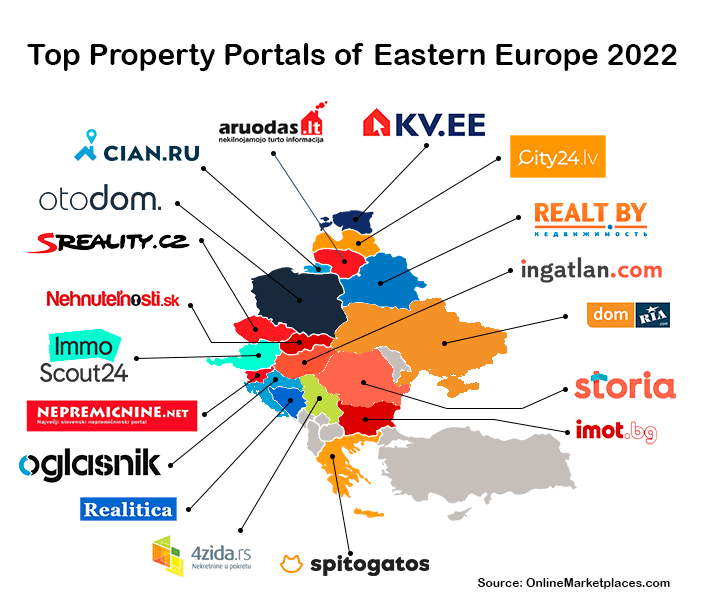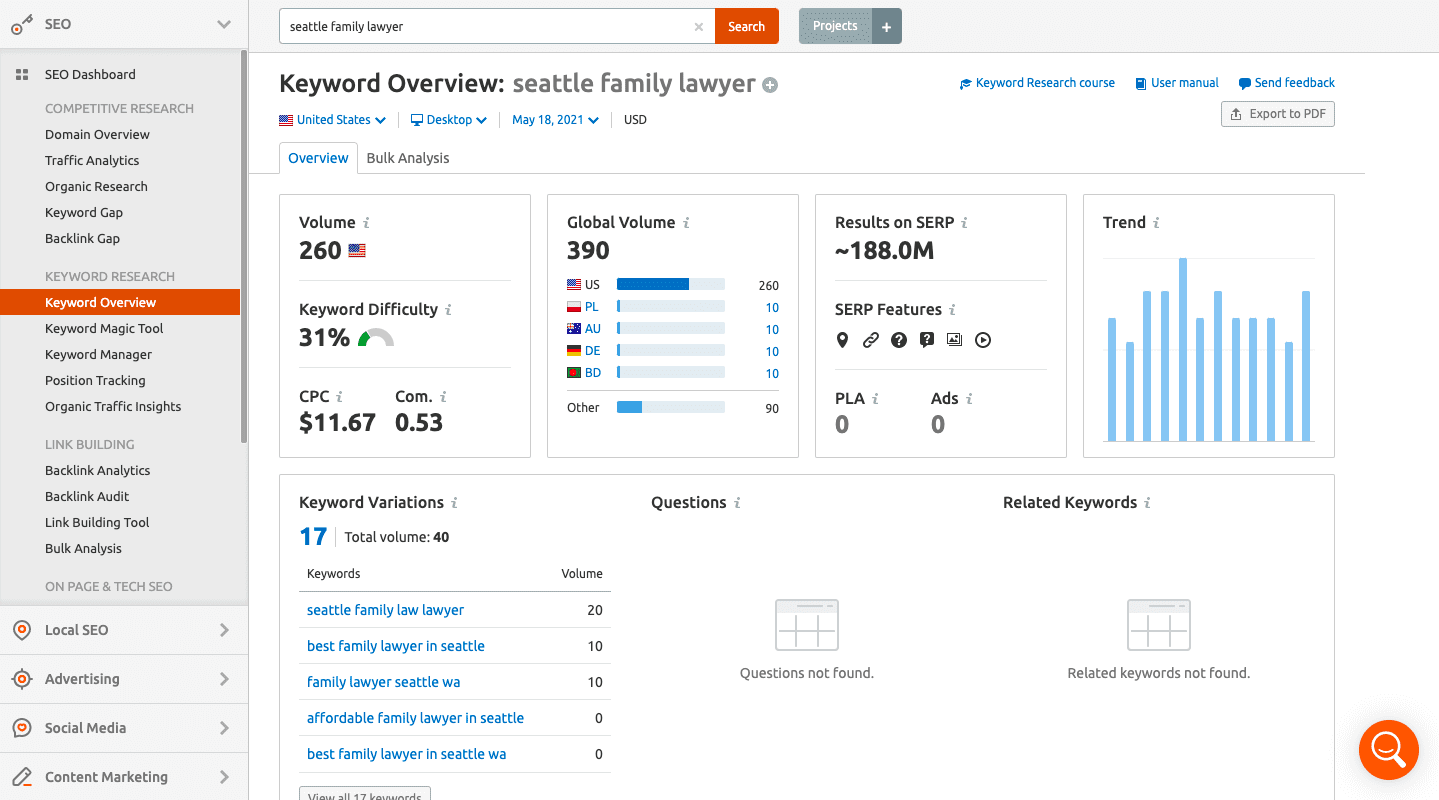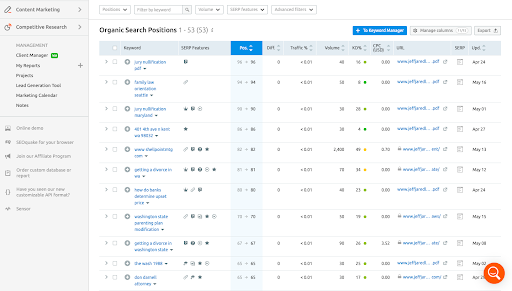Developing Value Proposition For Travel Websites Through Content via @sejournal, @TaylorDanRW

The travel and tourism industry has undergone extreme changes over the years, and your business should be aware of how to adapt to these changes.
With the rise of Google searches in the last few years, SEO is essential when working in tourism, especially when posting content online.
Using SEO to your advantage can help boost your Google search rankings.
These rankings are crucial for your tourism business, as most Google users don’t look past the first search page.
Google’s helpful content update is now entirely focused on ensuring the content suggested, and ranking is based on content created for humans.
The content update is excellent news.
If you focus on the content quality and its benefits to the readers, you are more than likely to land yourself a cozy spot on the first page of results for a Google search.
Enable Experience Forecasting Through Content
Experience forecasting is about using engaging content to help users forecast what their personal experience of the trip would be – and it begins with understanding the customer journey correctly.
Different content formats, such as an article, guide, or list of things to remember, can make your content more engaging and appealing to the eye.
Ensure you include need-to-know information such as the weather, sights users will see, and any other essential details the reader needs.
Be aware: It’s your tours and activities that people are looking to book, so ensure you provide a long, well-written description of the tour and what people will experience to give the reader an idea of what they can expect.
Since you are focusing on your SEO, ensure you take the time to describe the experience and include relevant keywords.
You can also use keyword research to help you identify what your target audience is looking for and write content specifically focused on topics that users are interested in reading.
Leverage User Reviews & User-Generated Content To Create More Helpful Tour Package Pages
User-generated content (UGC) can influence other users’ decisions in many ways. Users influencing others means your customers can be advocates, as word of mouth can influence a future buyer’s journey to purchase.
Personalized reviews from users who have experienced your tour package can help entice your reader and encourage user engagement.
Allow your users to share a review and provide a first-hand experience of your tour.
However, ensure this is a monitored space, and maintain control over the posted UGC if this is a forum/comment-based option.
If you are unsure about using a forum/comment-based option, there are other ways to encourage other UGC below:
- Surveys: When a customer has experienced your product or brand, contact them with a follow-up survey to get some ratings and feedback. Use this information to improve the customer journey for other users. Surveys are also helpful for your brand, as you may learn you need to make improvements.
- Membership: Offer users the option to be a member and pay monthly for membership. Incentivize them with benefits such as free entry and member-only exclusives. Encouraging users to sign up can also boost your conversion rate.
- Reviews: Ask your customers to leave a review after their tour package experience. Reviews can be done on your website, Google Business Profile page, Tripadvisor, or Facebook. Ensure to follow up on any feedback that isn’t positive, and publicly thank users for giving excellent feedback.
- Social media: This tool can attract audiences from other platforms and show off how great your tour is. Tagging your social media pages and sharing the location can also build on experience forecasting.
The content for your package pages should be about your customer’s experience, not just selling the products.
Ensure you think about your target audience and what type of content they would like to consume and share.
For example, it’s a good idea to share an infographic that shows the most talked-about destination for 2022 or other travel predictions, such as a list of World Heritage sites or other travel-related facts and figures.
Demonstrate Your Expertise Through Niche Content
If you are an expert in safari tours, ensure you create niche guides specific to the trips, animals, and weather so your users can get the most information from you.
Niche guides are beneficial to users looking to enhance their own experience.
Imagine what you talk about with your customers when they are on tour, and write about those experiences, combining the content with your keyword search to help boost your content and make it enjoyable for the reader.
Ensure you connect with people in a similar niche or area to your business.
Connecting like this is called link building, and organically requesting they add a link to their site about your tour can also bring in customers.
Networking with your industry’s influencers is another excellent way to boost sales and conversion rates.
Also, include local vendors and partners you want to promote as part of your business.
Writing like this emphasizes to users that you know what you are talking about and are very knowledgeable about your destination.
Create Experience-Enhancing Content
Instead of trying to sell the tour directly, base your content around the surrounding areas.
Content discussing the local towns, places to eat, and spots to visit provides much more value to your audience.
Exploring the location in your content as much as you can, informs people of the potential experience they could have and allows them to imagine themselves there.
This kind of valuable content is essentially product information that has been expanded and enriched.
When working on travel SEO, instead of focusing your content on pricing, dates, and times, try to include content based on the local towns, villages, and great food. This will set the scene for the user’s imagination and build excitement.
Describe in detail the places you can travel to, methods of transport, and the best ways to get around (e.g., trains versus buses). Food is also a popular topic for travelers, so explore the best places to eat, offer an overview of the menu offered, and include a range of dishes to entice many readers.
To ensure the best success, always write with your customers in mind. Writing with your customers in mind differentiates you from your larger competition and the extensive tour and activity resellers.
When writing those posts about your destination or experience, ensure you use internal linking and create a solid connection between your blog post and tour activities.
Make sure you link to the places you will see on tour, and make your post interactive and easy to navigate, as then it is easy for users to explore their options.
After creating experience-enhancing content and including plenty of internal links and visuals, you can push your content further and include videos.
Only do this once you have written an engaging piece of content, as any additional forms of media will add to your user experience and solidify the final step in your customer journey.
Conclusion
As a tour operator, you want your business to do well, and keeping up with the constant changes within the SEO industry can be challenging. But when done correctly, it is absolutely worth it!
Following the points made in this guide will help boost your rankings, but don’t be put off using SEO if you don’t see instant results.
Getting results with SEO takes time; You need to have patience when reviewing your results and metrics, give it time, and keep checking back to see where your content is performing and where it may need tweaking.
More resources:
Featured Image: Prostock-studio/Shutterstock










